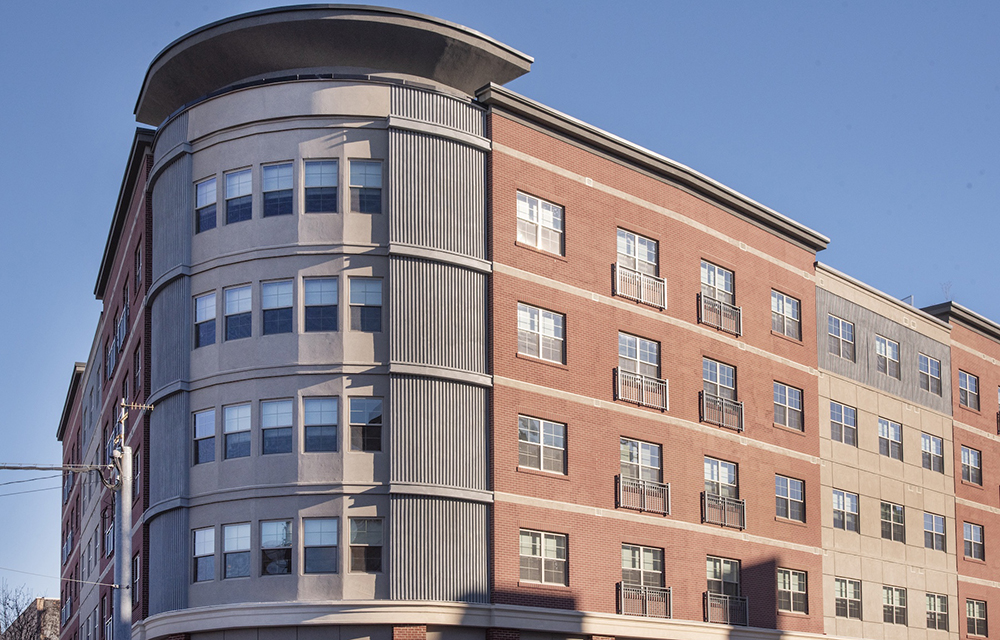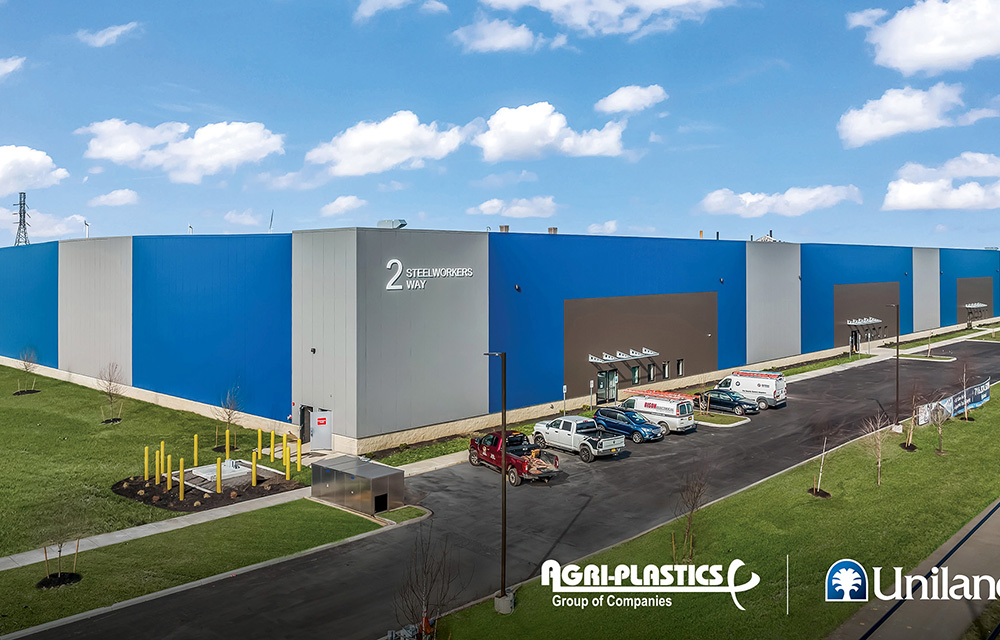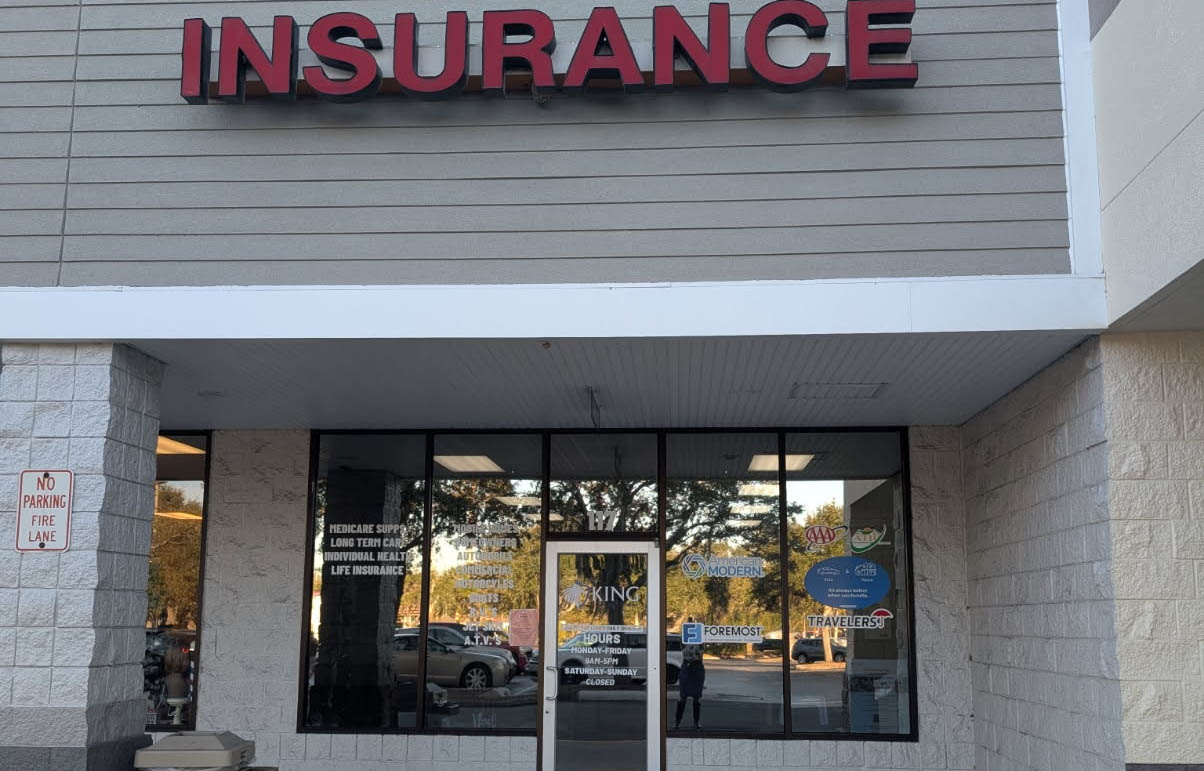News:
Brokerage
Posted: May 10, 2016
CIT Group releases 2016 Commercial Real Estate Outlook
New York, NY Many commercial real estate executives see solid prospects for their sector, with 52% indicating that they believe that their segment of the market is either strong or very strong, and 71% say adequate capital is available for investment. These are some of the findings of an exclusive study, “2016 Commercial Real Estate Outlook”, released by CIT Group Inc., a leading provider of commercial lending and leasing services. The study was conducted online by Forbes Insights on behalf of CIT among 201 senior commercial real estate executives.
“Commercial real estate executives appear relatively optimistic about the general state of the market in 2016, with many predicting higher than average deal volumes for their firms,” said Matt Galligan, president, CIT Real Estate Finance. “Further, when considering the adoption of new technology, most believe that the influx of commercial real estate tech companies is revolutionizing the industry.”
Key Findings from the Study:
- Recovery Seen While Challenges Remain: Although commercial real estate executives have a mostly positive view of the market, they recognize that, while the U.S. commercial real estate market is recovering (47% agreeing), there are still certain segments that are poised for significant decline (44% agreeing).
- Mixed Market Conditions Lead to Opportunistic Posture: Just over 60% of executives surveyed characterize their current market posture as opportunistic, describing today’s market conditions as a mixed bag offering both challenges and opportunities. When reflecting on the economy, they see interest rates, consumer confidence, U.S. tax rates, unemployment and the global economy, respectively, as the top five factors driving commercial real estate investment.
- Rise of CRE Technology Seen as Having Impact: The benefits of commercial real estate technology are clear, with most executives agreeing that these advancements are revolutionizing the industry (55% agreeing). Despite this, many are slow to adoption, with only 11% of respondents rating themselves as “leading edge” when it comes to implementation.
- Liquidity Available for Solid Opportunities: The majority of companies, 71%, say adequate capital is available for investment. One in four, 24%, say capital is available for “the right” deals only. When asked about financing, slightly over half of respondents say that they are lengthening the duration of their financing in an effort to lock in today’s relatively low rates over a longer period of time.
- Local and State Incentives Have Influence: Incentives continue to be offered by state and local governments in the form of tax credits, cash grants and related business incentives. Thirty-four percent of surveyed executives agree that green tax credits and cash grants are having a significant influence over their design/renovation and related commercial real estate investment choices.
- Demographic Shifts Drive Market Changes: Executives are split on the commercial real estate impact of baby boomers downsizing their lives, citing both the positive (33% emphasizing) and negative (26% emphasizing) effects on their investments. The emergence of rules mandating that low-income housing be integrated with affluent housing also delivers mixed results. Overall, those who see changing demographics as a top five driver tend to target properties with relevance to middle-income consumers.
Tags:
Brokerage
MORE FROM Brokerage
Horizon Kinetics relocates new headquarters to Tishman Speyer’s Rockefeller Center
Manhattan, NY According to Tishman Speyer investment boutique Horizon Kinetics Asset Management LLC will relocate its current New York office to 18,713 s/f on the 27th floor of 1270 Avenue of the Americas at

Columns and Thought Leadership

Strategic pause - by Shallini Mehra and Chirag Doshi
Many investors are in a period of strategic pause as New York City’s mayoral race approaches. A major inflection point came with the Democratic primary victory of Zohran Mamdani, a staunch tenant advocate, with a progressive housing platform which supports rent freezes for rent

Behind the post: Why reels, stories, and shorts work for CRE (and how to use them) - by Kimberly Zar Bloorian
Let’s be real: if you’re still only posting photos of properties, you’re missing out. Reels, Stories, and Shorts are where attention lives, and in commercial real estate, attention is currency.

Lasting effects of eminent domain on commercial development - by Sebastian Jablonski
The state has the authority to seize all or part of privately owned commercial real estate for public use by the power of eminent domain. Although the state is constitutionally required to provide just compensation to the property owner, it frequently fails to account

AI comes to public relations, but be cautious, experts say - by Harry Zlokower
Last month Bisnow scheduled the New York AI & Technology cocktail event on commercial real estate, moderated by Tal Kerret, president, Silverstein Properties, and including tech officers from Rudin Management, Silverstein Properties, structural engineering company Thornton Tomasetti and the founder of Overlay Capital Build,








.jpg)
.gif)
.gif)